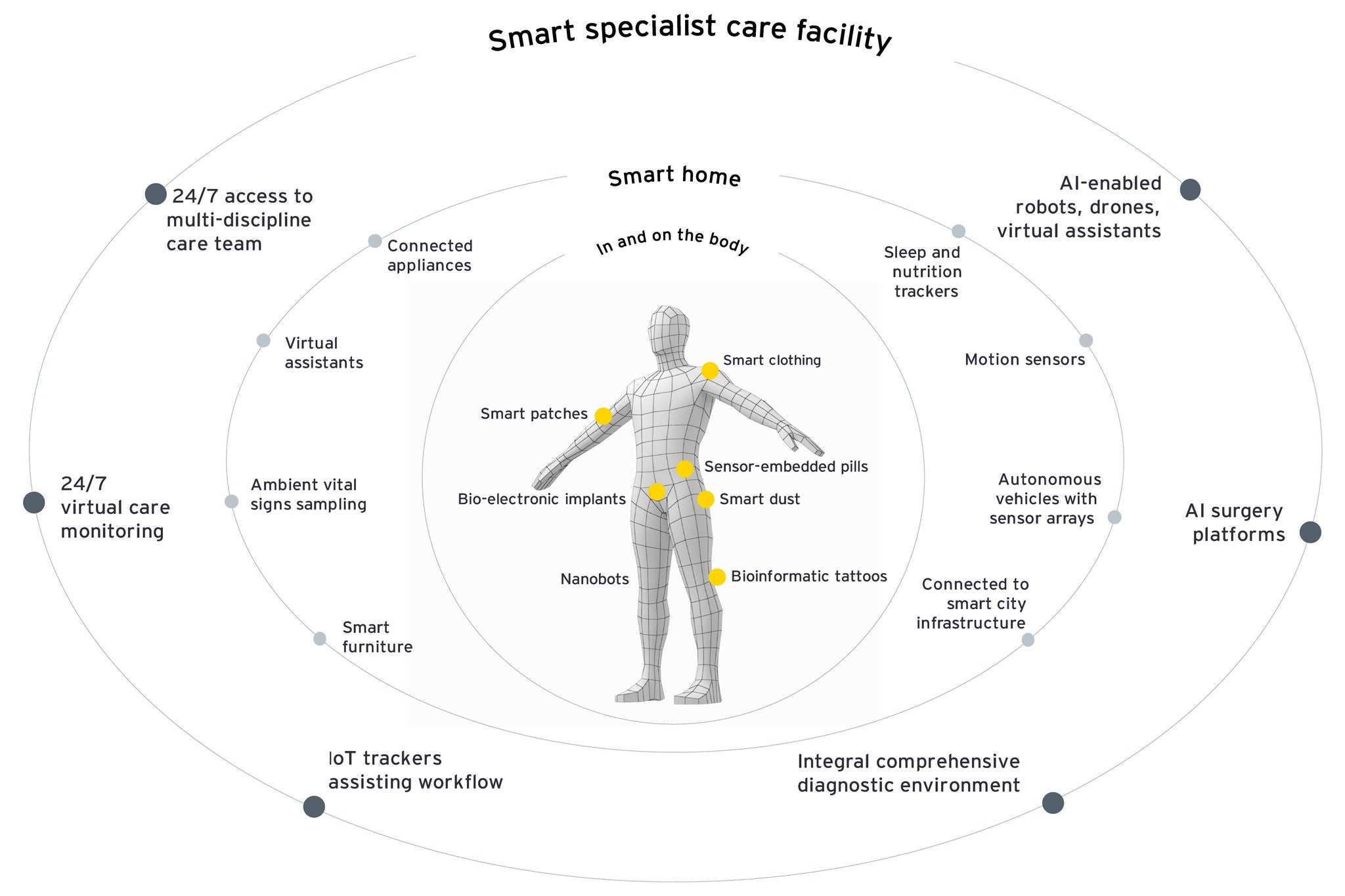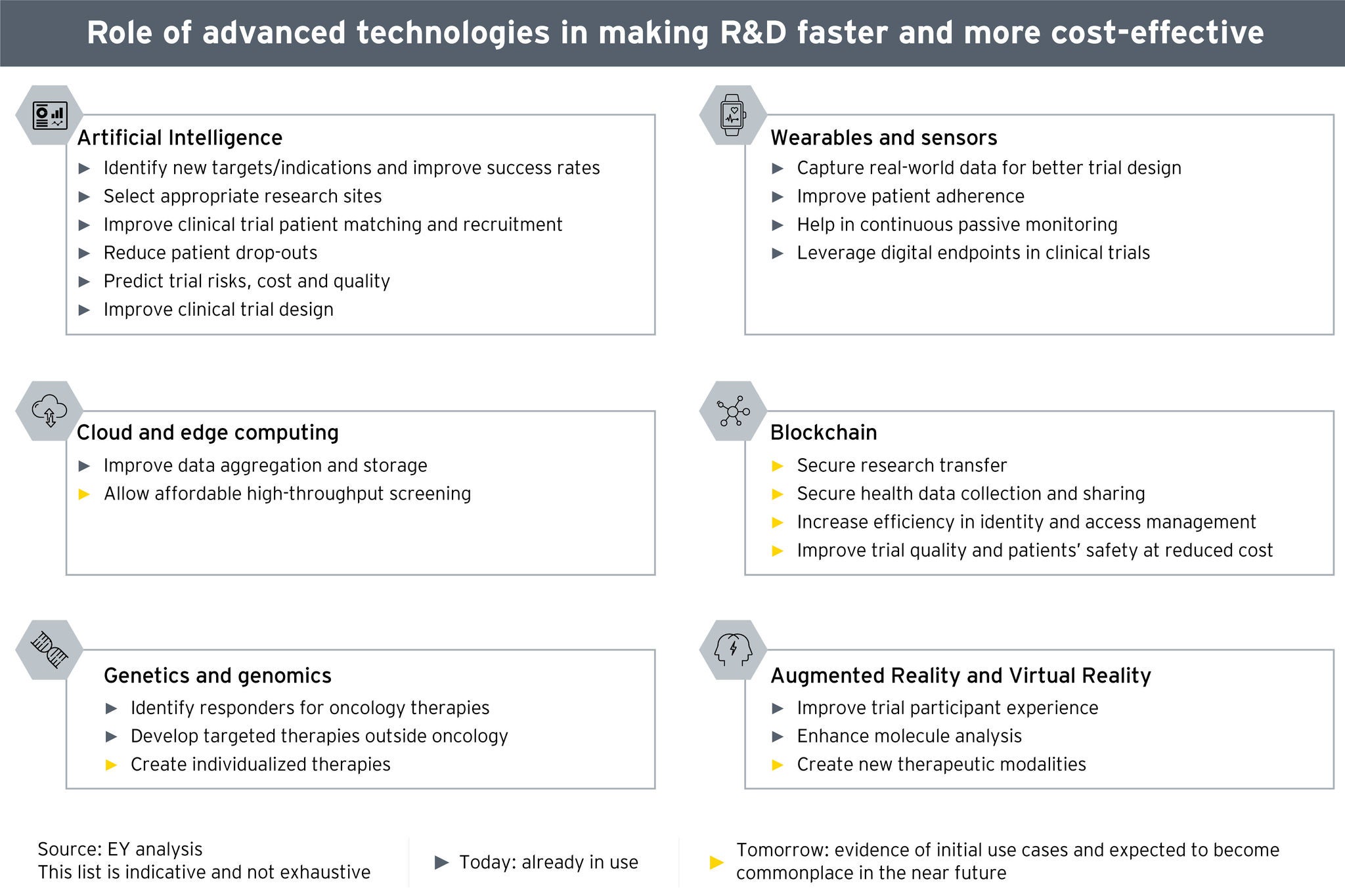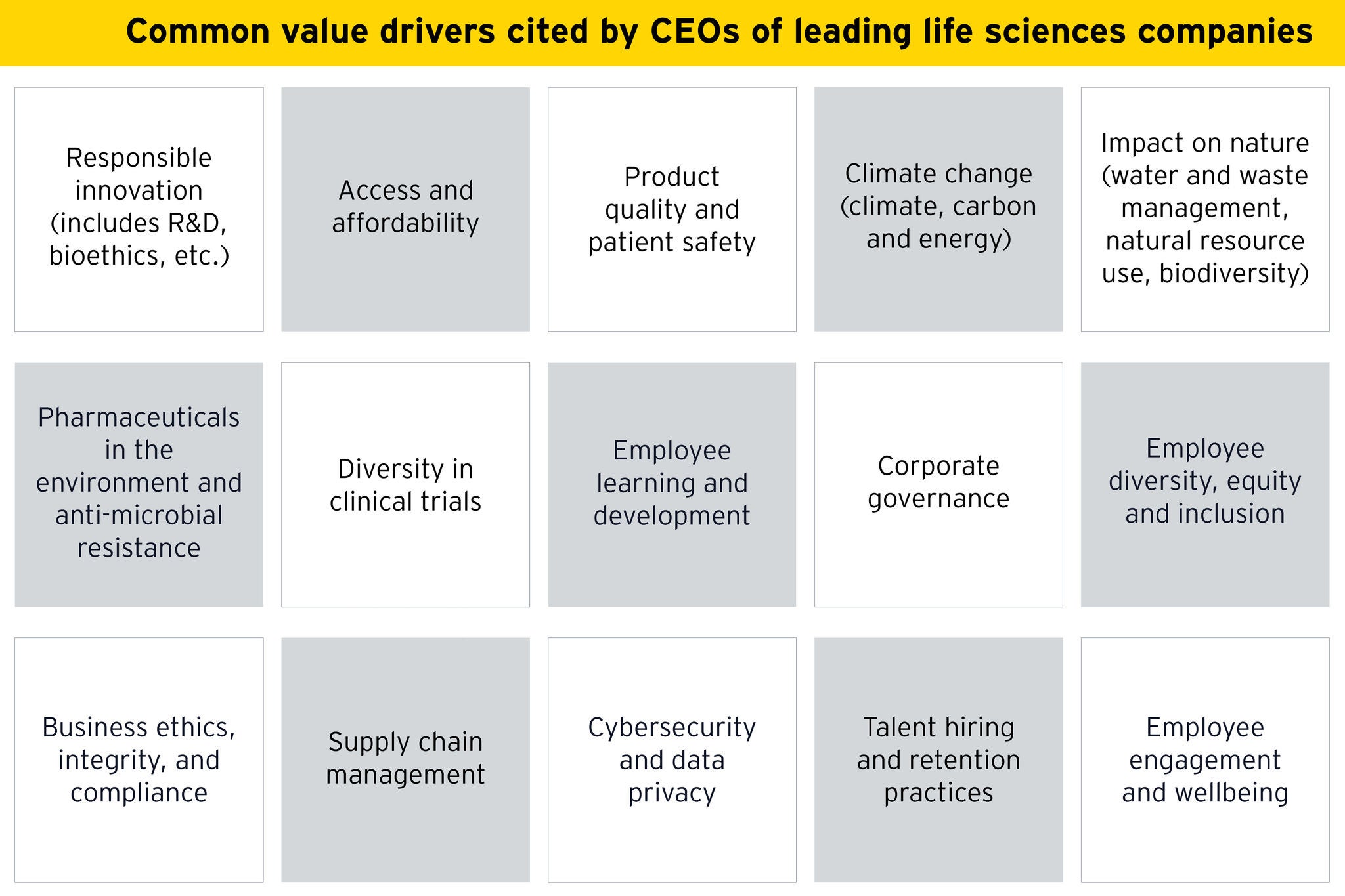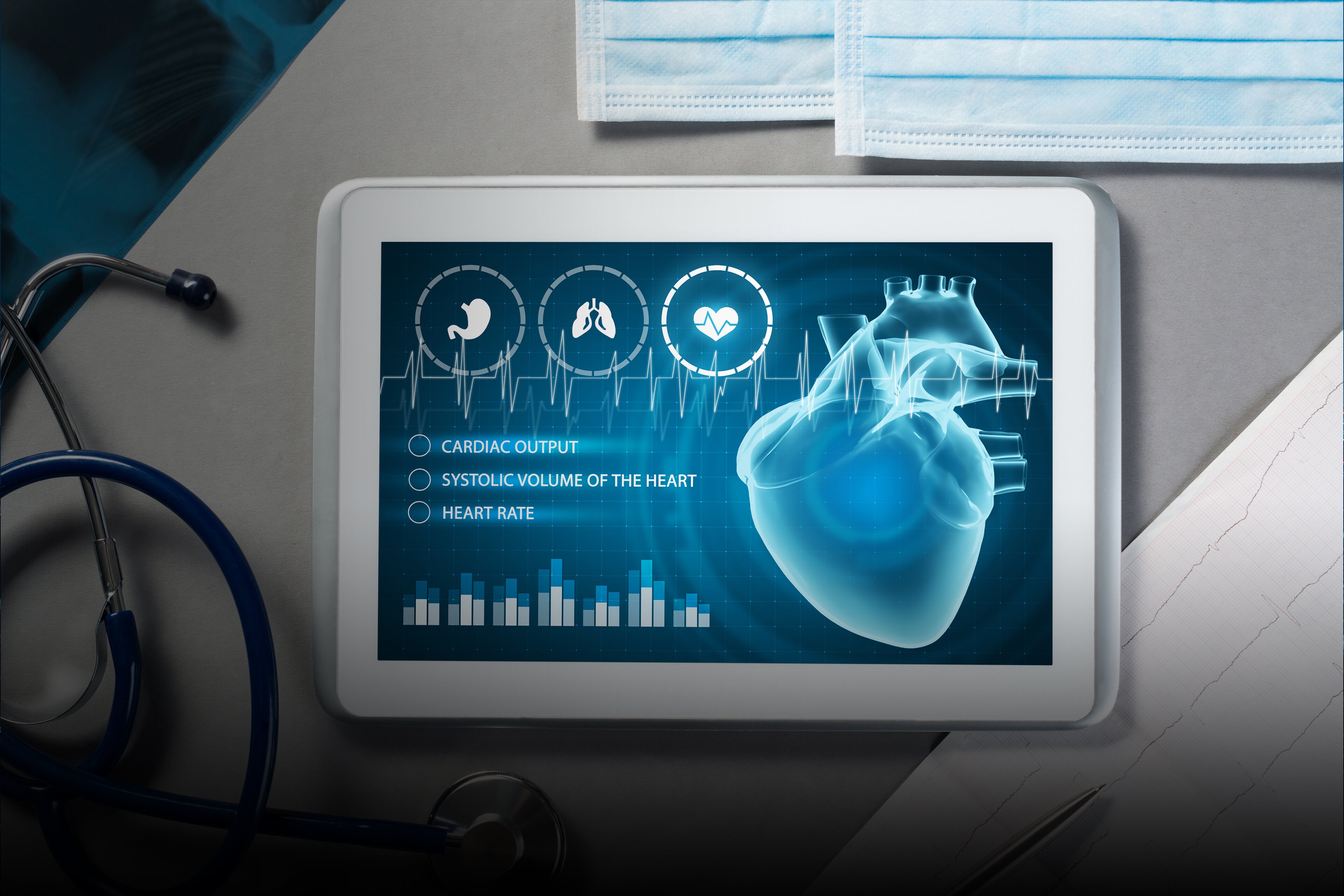EY refers to the global organization, and may refer to one or more, of the member firms of Ernst & Young Global Limited, each of which is a separate legal entity. Ernst & Young Global Limited, a UK company limited by guarantee, does not provide services to clients.
How EY can help
-
Smart Healthcare Solutions from EY transform hospitals & health systems with data-driven care & connected ecosystems to enhance patient care & efficiency.
Read more
Data — particularly the disparate, often unstructured data generated from our daily lives, which is often relevant to health outcomes — requires new analytical tools to turn it from raw information into actionable insights. This analytical power is now becoming available and applied to new previously unused data sources in creating new knowledge maps.
Data and digital-driven personalized healthcare experience in India
With the advent of more digital media and smart phones, many patients now have access to information at their fingertips. They are much more aware of what types of treatments are necessary. They review physicians online; they review practices and care online — there is a lot more ‘zomatification’ of healthcare in terms of experience for the patient.
Potential challenges in adopting and using digital tools in India
- Most of the information that patients have access to today is not India specific
- India is a multi-lingual country. The access to information may be restricted because of the type of language in which the information is communicated.
- Digital literacy and reach can be other barriers, for example, the urban population will be easily able to adopt the digital tools than the population residing in villages.
- A lot of different solutions for the same purpose, or solutions that do not seamlessly onboard all stakeholders involved in healthcare delivery, may cause confusion for patients and physicians.
- Patients are reading about their own symptoms, doing the triaging themselves and deciding on their own whether they need to visit physician A vs. physician B. This can overload the system in favor of specialists and superspecialists rather than generalists.
Action items to strengthen digital healthcare ecosystem in India
The first step is to make India specific information available for patients to use. Strong patient societies can play a very important role here. These societies can create websites that disseminate impartial and unbiased information to patients in multi linguistic formats. Life sciences companies can also play an important role in providing the information about diseases and drugs.
There is also a need to set up a system that incentivizes patients to go to primary care first instead of directly going to super-specialty physicians.
Building an intelligent ecosystem that can personalize healthcare insights
As the world of healthcare data continues to expand, AI offers a means to connect, combine and interrogate these data differently and unlock actionable insights. The adoption of AI into care delivery will be a continuous learning process, in which our health care algorithms continuously grow in intelligence and value. This combination of human and computational power will offer more value and power than either alone. With the power of AI, we can begin to link the huge volumes of data generated and the vast array of technological tools being developed into a comprehensive, integrated smart health system.
Technology driven transformation across the pharma value chain to improve efficiency and outcomes
The life sciences industry has already benefited from technological enhancements, and there is the promise of more to come. Drug development, clinical trials, manufacturing, and supply chain are some of the areas impacted by AI and machine learning (ML).
Research and Development (R&D): Increasing efficiency and productivity with a focus on patient centricity
Thanks to its ability to process and interpret large data sets, AI and ML can be deployed to design the right structure for drugs and make predictions around bioactivity, toxicity, and physicochemical properties. Not only will this input speed up the drug development process, but it will also help to ensure that the drugs deliver the optimal therapeutic response when they are administered to patients.










